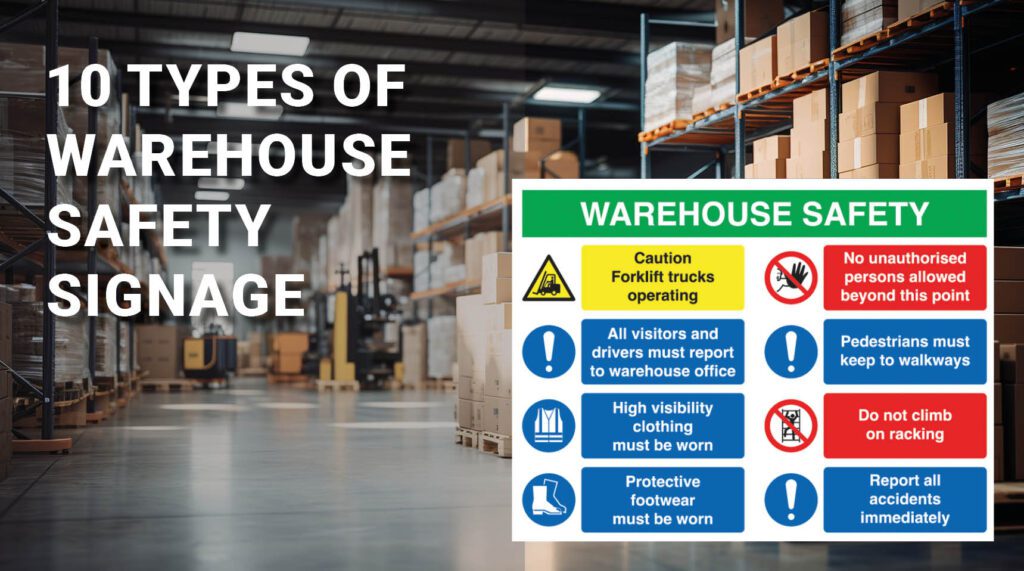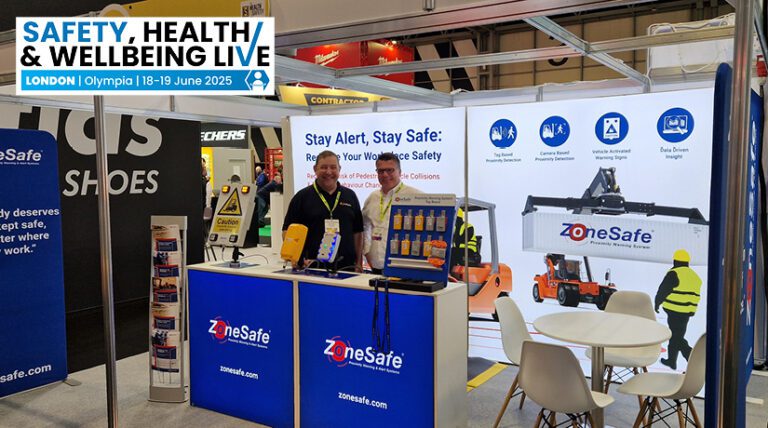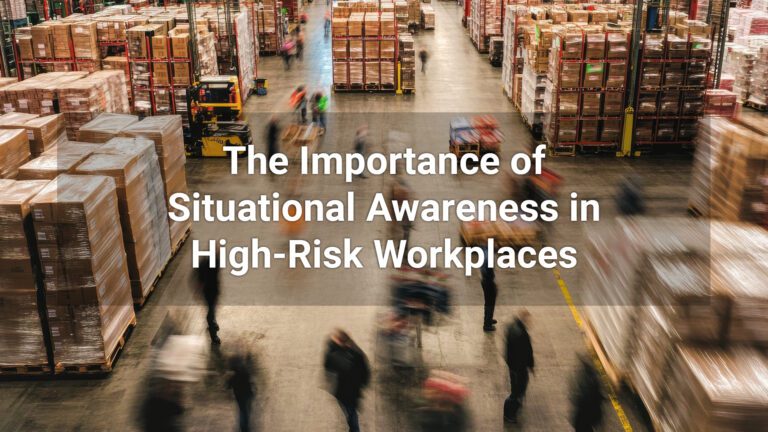Safety signage is a legal requirement under the Health and Safety (Safety Signs and Signals) Regulations 1996 anywhere there is a significant safety risk.
Numerous types of safety signs are available, all displaying important safety information. Warehouse safety signs use several visual representations to communicate in an easy-to-read way that alerts workers and visitors to mandatory regulations and safety concerns. The signage is designed to educate viewers with clear information that raises awareness and improves workplace safety.
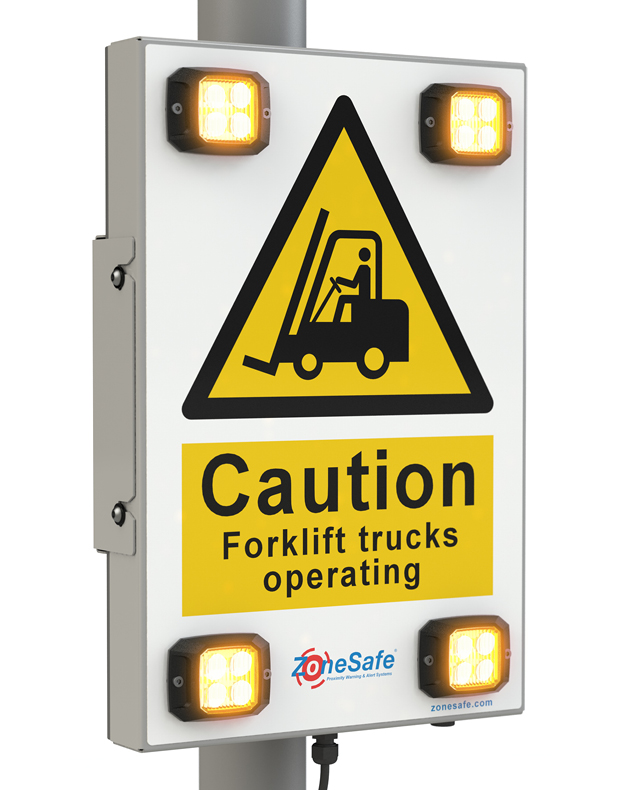
When multiple signs are placed together, workers are at risk of sign blindness and complacency. ZoneSafe counteracts this risk through the application of Active Safety Signage.
In this article, we look at the different types of signage we can expect to see around the warehouse and how they help to improve workplace safety:
Regulatory compliance signs
Regulatory compliance signs communicate safety instructions and information about health and safety regulations. Examples of regulatory compliance signage include exit and stairs signs and signage around fire extinguishers and first aid equipment. Businesses are legally bound to display compliance signage that is easily seen and identifiable.
Hazard Warning signs
Exactly as the name suggests, hazard warning signs are placed around areas where a specific hazard is present. This may be a fire risk, electrical hazard, overhead or underfoot danger, or risk of slips or falls.
Hazard warning signs alert workers and visitors to specific dangers well in advance to raise awareness. By alerting people to the presence of a particular risk, they are able to prepare themselves in advance and take necessary precautions, such as opting for a safe pedestrian route, donning suitable PPE, or taking care not to touch or enter certain areas.
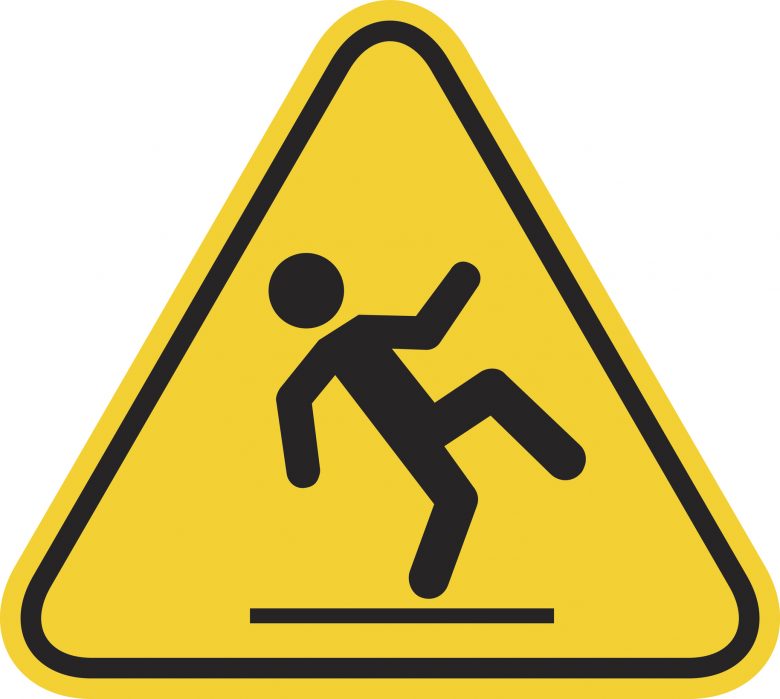
Prohibition Signs
Prohibition signs are designed to stop activity that may compromise workplace safety – the signs make it clear that some actions are prohibited in that area. This could include:
· No smoking
· No entry
· No alcohol
· No vehicles
· No unauthorised personnel
· No use of mobile phones
· No children
Signs should be placed in obvious, unobscured locations. Prohibition signs only indicate what is NOT permitted in that area. They must be red in colour and often feature a black safety symbol with a diagonal cross.
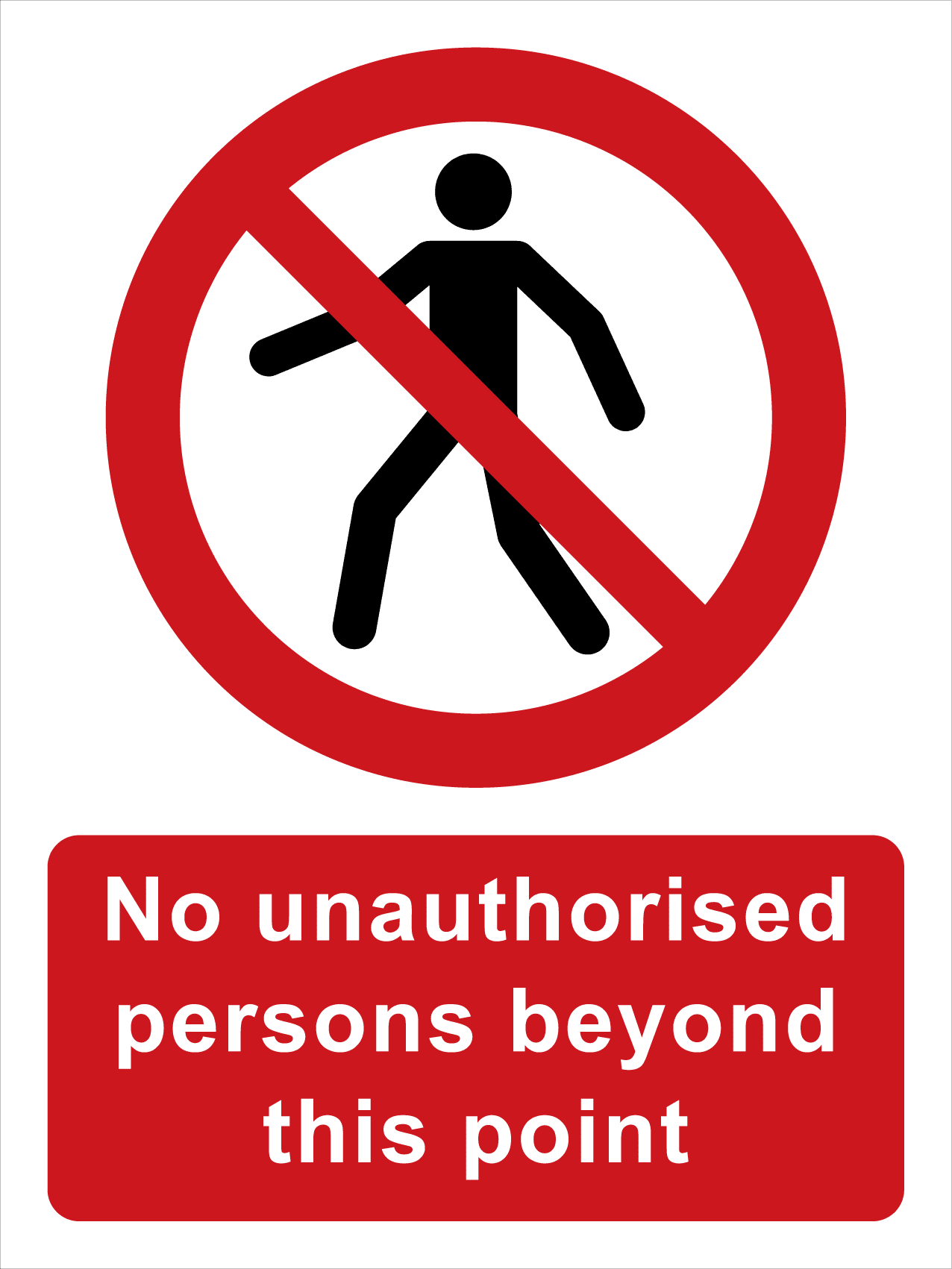
Mandatory Signs
Mandatory signs are the opposite of prohibition signs – instead of communicating what must not be done, mandatory signs tell us what MUST be done. They usually feature a white symbol on a blue circle and communicate those actions that must be followed such as:
· Handrails must be used
· Goggles must be worn
· Aisles must be kept clear
· Hard hats must be worn
· Doors must be locked
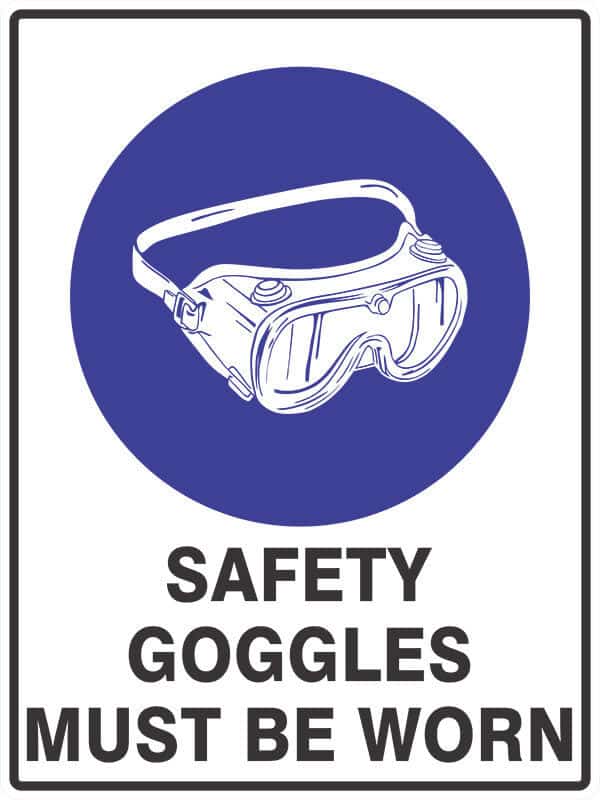
Emergency Information Signs
Emergency information signs provide critical information that helps direct actions during an emergency. They feature white text or symbols on a green background and highlight important emergency information including exits and evacuation routes, first aid kits, emergency phones and assembly points.
These signs often illuminate in darkness or with limited visibility and should be highlighted during emergency procedure training programmes and drills.
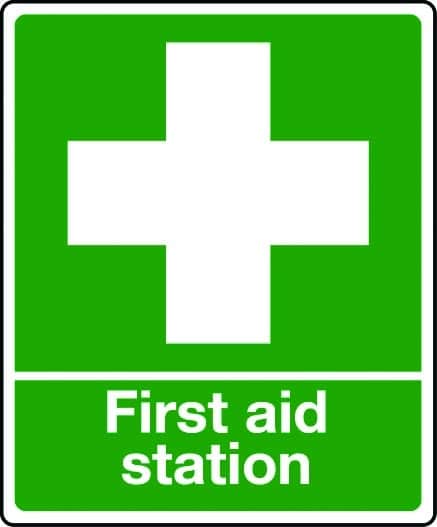
Fire Safety Signs
Fire safety signs warn people of fire hazards such as electrical fires and flammable materials. They also direct people to safety during a fire, highlighting assembly points, extinguishers, and fire alarms.
By displaying fire safety signage, the warehouse is not only compliant with its legal obligation but also taking measures to promote safe behaviours and cultures around fire prevention and handling. Signs should be clearly visible, clear from obstructions and dust, and displayed in a prominent location.

Safe Condition Signs
Warehouse safe condition signs direct workers and visitors to safe areas or equipment such as fire exits, emergency assembly points, eyewash stations, defibrillators, first aid kits, and emergency telephones. They are designed to highlight important health and safety information and alert users to safe operating conditions.

Traffic Management Signs
Traffic management is a significant concern in any busy warehouse. Anywhere vehicles and people work closely together, there is a safety risk, so measures must be in place. Traffic management signs include indications of separate pedestrian and vehicle routes, speed limits, blind corners, forklifts in use, and crossings.
Lack of segregation of vehicles and pedestrians is a key finding in numerous HSE investigations following serious and fatal accidents. Risk can be minimised by using effective traffic management and strategically placed signage.

Instruction Signs
Instruction signs feature instructions for safe operation, such as loading, unloading, parking, and disembarking. They should be visual, using symbols where possible, and clearly accessible.

Information Signs
Safety information signs are vital in raising awareness and providing clear visual cues highlighting risks. They also direct attention to safety guidelines, emergency procedures, and the location of safety equipment and ensure the well-being of employees and visitors. They provide clear visual cues highlighting hazards, guidelines, and emergency procedures.
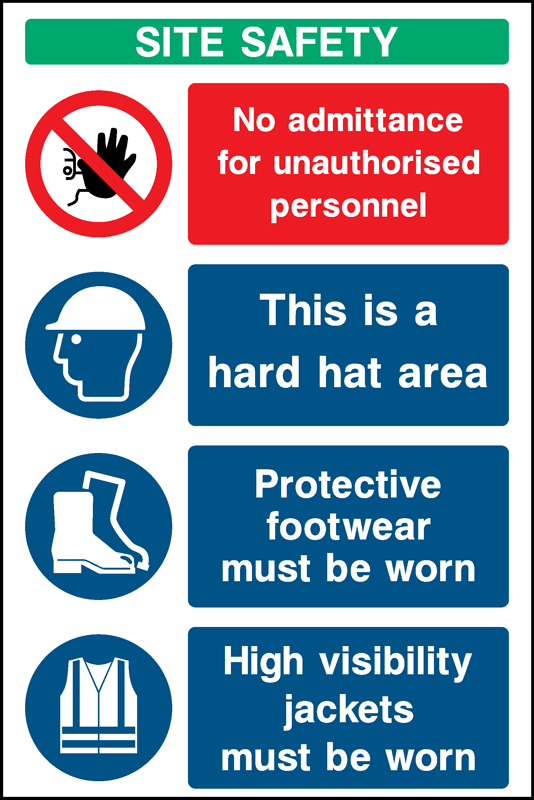
Compliance with safety regulations and mandatory safety requirements is crucial for any business. Safety guidelines are in place to enhance workplace safety and protect people, so the rules must be followed. The challenge is to avoid sign clutter , where too many signs are all featured in one area, making them lose their visual impact.
Signage should always be strategically placed to inform, educate and grab as much attention as possible and clearly communicate risks and precautions.
Contact ZoneSafe to discuss your warehouse safety concerns

